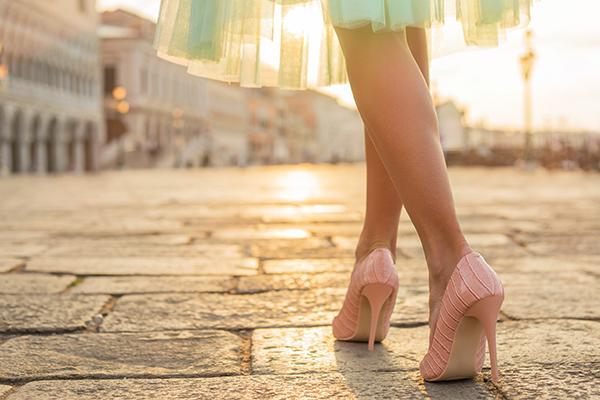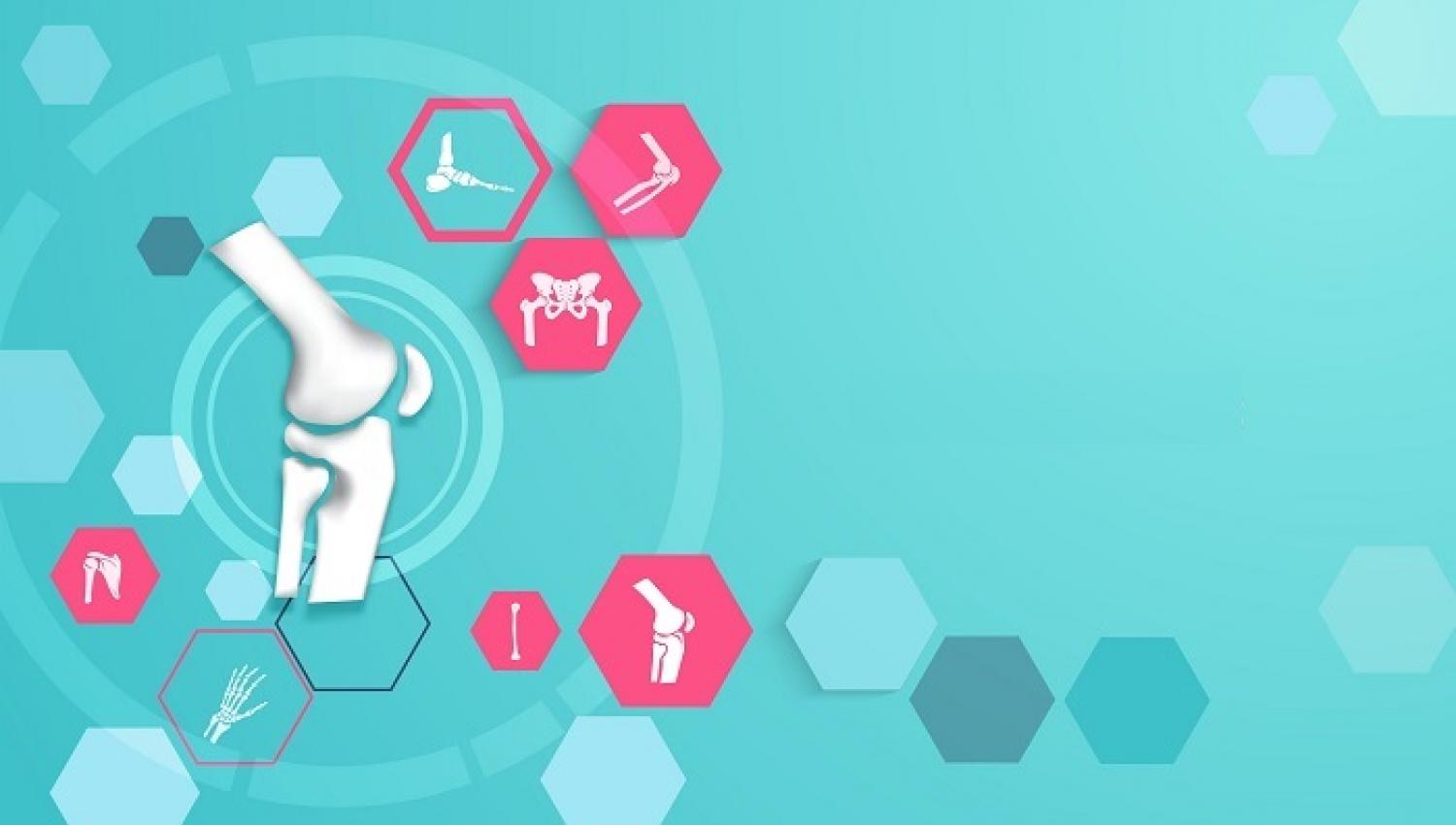The heel spur, which is the most common pain in the sole and heel area, seriously affects the daily life of the patient. Orthopedics and Traumatology Specialist said that although heel spurs can be a problem in itself, they can also indicate different underlying health problems. He pointed out that some mistakes made in daily life can cause the severity of pain to increase.
Our feet are very complex structures consisting of bones, joints, ligaments, and soft tissues that play the most important role in walking. Therefore, many different reasons can affect the deterioration of this structure and cause problems. Orthopedics and Traumatology specialist said that our feet, which carry the entire weight of our body, cannot bear the overload after a while and can alarm us with unbearable pain. Moreover, these problems, which manifest themselves with pain, can be a source of unhappiness that results in immobility in every age group and detaches the person from life. In other words, foot health can deeply affect life.
Pointing out that the most important cause of foot pain is overweight, Yeditepe University Kozyatağı Hospital Orthopedics and Traumatology Specialist explained the following: Overweight and excessive fat accumulation puts pressure on the legs, which leads to foot pain with walking disorders. In addition, since some people have congenital problems with their foot structure, their feet may become painful even if they are not overweight. When these people gain weight, their existing foot pain increases even more."
There is No Single Cause of Pain
Foot pain can be seen in various ways depending on its causes. Orthopedics and Traumatology Specialist said that although slowly developing pains can become unbearable after a certain point, like the overflow of the glass, foot pain that occurs suddenly can scare patients and cause them to consult a physician immediately: "Although the person has never felt any pain in his/her foot until that day, he/she may feel severe pain as soon as he/she gets out of bed one morning and steps on his/her foot, and most of the time this pain disappears after a little walk. Sometimes foot pain can be seen in the first walk after sitting for a long time. Sometimes a painless walk can turn into torture due to pain. Therefore, there may be constant pain, as well as pain that decreases as you walk or vice versa, pain that increases as you walk."
There are Different Causes for Pain in Heel Spurs
Pain in the sole of the heel is one of the most common foot pains in adults. One of the leading causes of this pain is pointed bone growths that develop on the heel bone known as "heel spurs". In general, the cause of the pain is not the heel spur, but the soft tissue edema and injury associated with it. Orthopedics and Traumatology Specialist gave the following information: "Heel spurs are small bony protrusions that develop later due to the heel bone (calcaneus). The heel spur can develop due to an underlying health problem or it can be seen independently. This spur is not a spur that will sink downwards as it is thought to be but develops forward into the band under the sole that allows the foot to stand like an arc when viewed from the side. These spiky protrusions can be located in front of the heel just below the arch of the foot or behind the heel. The spiky appearance behind the heel is often associated with Achilles tendon problems. In this condition, known as Achilles tendonitis, pressure on the front of the foot causes increased tenderness and heel pain. Patients feel this, especially when climbing up and down stairs or squatting on the ground."
Wear Heeled Shoes Against Heel Spurs
Orthopedics and Traumatology Specialist underlined that patients with heel spurs are advised not to wear heeled shoes, but this is misinformation and pointed out that when these patients wear flat shoes, heel pain increases as they take more load on the heel. For this reason, he emphasized that patients should wear slippers and shoes with a heel of at least 3 fingers thick at home and outside. Stretching exercises, massage, and cold application for heel spurs reduce edema and pain in most patients. Wearing shock-absorbing sneakers also helps relieve pressure on the soft tissues in the foot and reduce pain.
Flatfoot Can Also Develop Later
Flatfoot, also known as sole collapse, can also be the cause of foot pain. Flatfoot is a foot deformity characterized by the loss of the inner long arch of the foot, which should normally be, and the heel sliding outward. Yeditepe University Hospital Orthopedics and Traumatology Specialist pointed out that this problem can be congenital as well as acquired and said that flatfoot can develop after the 30s and 40s in adults who have a normal foot until adulthood. This may be due to rheumatologic diseases, neurological problems, sensory defects due to uncontrolled diabetes or short Achilles, and even osteoporosis, or it may be due to overweight and/or excessive misuse (bad shoes, heavy sports, etc.) without any underlying disease.
Tight Shoes Causes Callus Pain
Calluses on the feet and heels can also cause foot pain. Orthopedics and Traumatology Specialist said, "In order for the callus to disappear, the cause of friction or pressure causing the callus must be eliminated. For this reason, it is important to wear shoes that do not squeeze the foot." Suitable shoes are shoes in which the foot is comfortable, the sole is shock absorbent, and soft and the heel is slightly higher than the front part. It is as important to be comfortable as to look beautiful and well-groomed. For this reason, foot health needs to use narrow-shaped and very high-heeled shoes worn especially at work, but it is also extremely important for foot health to prefer walking shoes on the roads on the way to and from work.
Let's not forget that our feet are very durable, yet very delicate and miraculous complex structures that are in contact with the ground and carry our entire body weight. They are the basic elements of our movement in daily life. Our motto in orthopedics is "Life is movement and movement is life."
”




